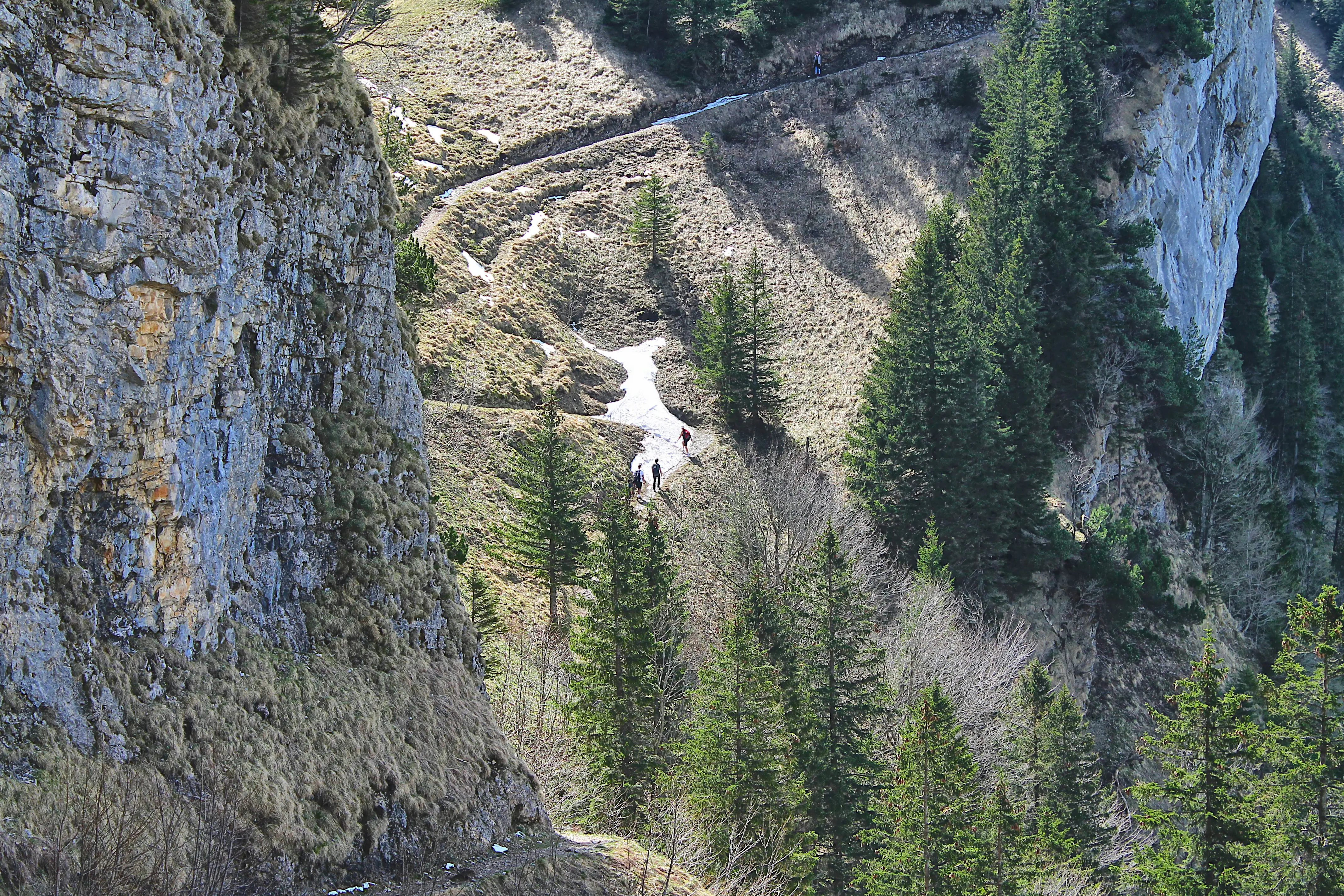What Triggers Alpine Debris Flows? Scientists Finally Have an Answer

In the high Alps, disasters can strike without warning. One moment, a rocky slope sits in silence. The next, it’s a violent river of mud, boulders, and debris racing down the mountain, wiping out roads, homes, and anything else in its path.
Now, researchers have uncovered the hidden mechanics that drive these Alpine debris flows, giving scientists and civil engineers a clearer path toward predicting and preventing them.
In a groundbreaking study, an international team of geoscientists combined field data, high-resolution imaging, and advanced modeling to analyze what causes these flows to turn deadly. The results revealed that it’s not just heavy rain or melting snow that sets the disaster in motion, it’s a complex dance of subsurface water pressure, loose sediment, and topography.
“We found that even modest rainfall can trigger a debris flow if the soil is already saturated,” explained one of the study’s authors. “It’s like the mountain is primed to fail, and just needs the right nudge.”
The team’s simulations showed how micro-scale changes, like slight shifts in groundwater or subtle warming trends, can destabilize entire slopes. These factors are often invisible to the naked eye, but under the surface, they’re setting the stage for disaster.
Debris flows are among the most destructive natural hazards in mountainous regions. In the Alps alone, they cause millions in damage each year, endanger hikers and villages, and are becoming more frequent due to climate change.
What makes this research so important is its predictive power. By understanding the exact chain of events that leads to a debris flow, scientists can build early warning systems, improve hazard maps, and guide safer construction in at-risk areas.
This isn’t just about protecting alpine trails and mountain homes, it’s about adapting to a world where extreme weather and shifting climates make once-rare disasters increasingly common.
With more data, better models, and a deeper grasp of the mountain’s inner workings, we may finally be able to get ahead of the next sudden, thundering rush of earth.